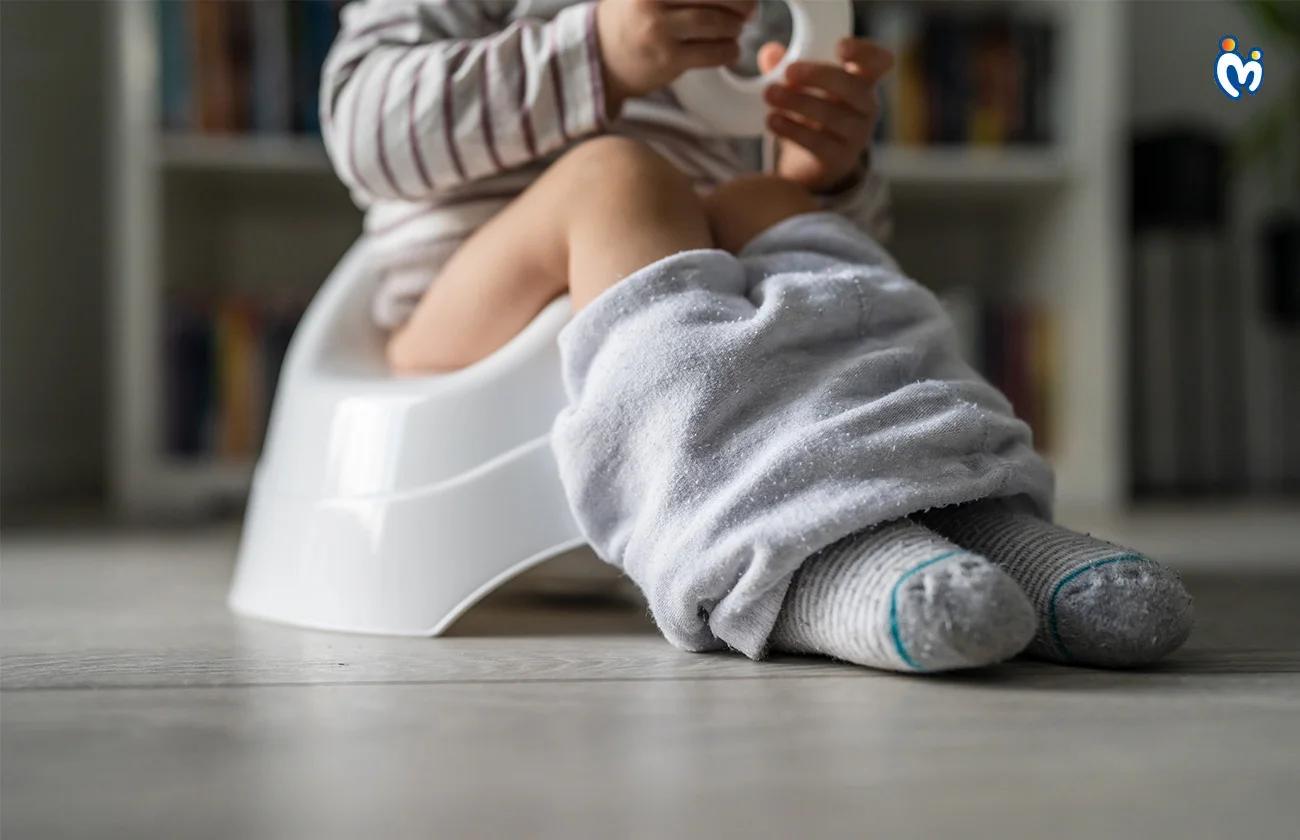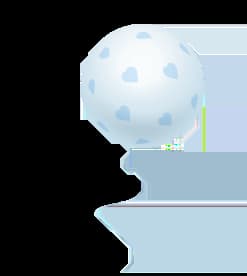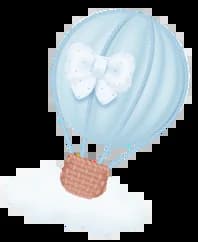Potty training is a big step, right? It is a milestone in your baby’s life when they start taking their first step towards becoming self-reliant. It tests your patience, is super exciting, and let’s be honest, also a bit of a mess. But fear not, fellow parents, you’re not alone in this journey! Let us dive into everything you need to know about potty training.
Why is Potty Training a Big Deal?
Imagine a life without diapers. Bliss, right? Potty training isn’t just about convenience; it’s a milestone for your toddler. It’s about building confidence, teaching responsibility, and giving you fewer reasons to haul those diaper bags everywhere. Plus, who doesn’t want to save a few bucks on nappies?
When to Start: Is Your Toddler Ready?
Every child is different, and there’s no fixed age to start potty training. Most toddlers show readiness between 18 months and 3 years. Here’s how to tell if your little one is ready:
- Dry Diapers: They stay dry for two hours or more.
- Potty Interest: Your toddler starts showing interest in the toilet or talks about "big kid" underwear.
- Body Language: You notice the "I’m doing something" face or they verbalize the need to go.
- Basic Skills: They can pull down their pants and sit on a potty.
If these signs are a yes, you’re good to start! If not, no worries—every child has their timeline.
Getting Started: The Essentials
Here’s what you need to kick off your potty training adventure:
- A Potty Chair or Seat: Get one that’s comfortable and easy for your toddler to use.
- Training Pants: Consider switching to pull-ups or training underwear for easy on-and-off.
- A Positive Attitude: Your toddler feeds off your energy, so keep it upbeat.
- Rewards: Stickers, small treats, or enthusiastic high-fives work wonders.

Step-by-Step Guide to Potty Training
Let’s break it down into manageable steps:
1. Introduce the Potty
Make the potty familiar. Let your toddler sit on it (fully clothed) and explain its purpose in simple terms. Maybe even let their favorite stuffed animal “try” it first!
2. Establish a Routine
Start with predictable potty times, like after meals or naps. This helps create a connection between certain activities and the need to go.
3. Ditch the Diapers (When Ready)
Switch to training pants or go bare-bottomed at home. Accidents will happen, but it’s part of the process. Keep the cleaning supplies handy!
4. Celebrate Success
When your toddler uses the potty, celebrate like they’ve just won an Olympic medal. Clap, cheer, and make them feel proud.
5. Handle Accidents Gracefully
Accidents aren’t failures; they’re learning opportunities. Stay calm, reassure your child, and remind them to use the potty next time.

Common Challenges and How to Handle Them
1. Resistance to Potty Training
Some toddlers just aren’t interested. In this case, back off and try again later. Forcing it can make them resist even more.
2. Fear of the Toilet
The big toilet can feel intimidating. Use a potty chair and gradually transition to the toilet with a child-friendly seat.
3. Regression
Life changes like a new sibling or starting daycare can cause setbacks. Stay consistent and patient—this phase will pass.
4. Tips to Make Potty Training Fun
- Potty Time Songs: Create a goofy potty song to lighten the mood.
- Potty Books: Read potty-themed books together, like “Potty” by Leslie Patricelli or “Everyone Poops” by Taro Gomi.
- Rewards Chart: Let your toddler place stickers on a chart for every successful potty trip.

5. When to Seek Help
If potty training isn’t progressing after several months or your toddler is showing signs of distress, consult your pediatrician. They can help rule out medical concerns and offer guidance.
Key Takeaways
- Potty training is a marathon, not a sprint. Patience is your best friend.
- Celebrate every small victory—it’s a big deal for your toddler!
- Accidents happen, but consistency and positive reinforcement will lead to success.
FAQ's
Q. Why is potty training considered such an important milestone?
Ans.Potty training is about more than just ditching diapers. It represents a major step toward your child’s independence and self-care skills. It helps build their confidence and responsibility early on. Plus, it saves time, money, and the environment by reducing diaper usage. For parents, it also marks the start of fewer diaper bag necessities!
Q. How can I tell if my toddler is ready to start potty training?
Ans.Readiness signs include staying dry for a couple of hours, showing interest in using the toilet, being able to communicate about needing to go, and physically managing simple tasks like pulling down pants. If your child shows these cues, they’re likely ready to start. Remember, every child has their own pace!
Q. What are the first things I need to start potty training?
Ans.Start with a comfortable potty chair or a child-friendly seat attachment for the toilet. Get easy-to-remove clothing like training pants. Keep rewards handy—stickers or small treats are great motivators. Most importantly, maintain a positive, encouraging attitude. Your child will pick up on your enthusiasm and feel more motivated.
Q. How should I introduce the potty to my child?
Ans.Introduce the potty casually at first. Let your child sit on it fully clothed to get familiar with the feeling. Explain in simple language what it’s for. You can even demonstrate with a doll or toy. Keeping it low-pressure and fun will help remove any anxiety from the experience.
Q. How do I handle potty accidents without discouraging my child?
Ans.Accidents are normal and part of the learning process. Stay calm and avoid showing frustration. Gently remind your child that it’s okay and encourage them to try the potty next time. Reassurance and patience are key. Celebrate efforts rather than perfection to keep your child’s confidence high.
Q. My child resists potty training—what should I do?
Ans.If your child is resistant, it’s often best to pause and try again later. Pushing them can create a power struggle and increase resistance. Take a break for a few weeks, then reintroduce it casually. Look for readiness signs again. Sometimes, kids need more time to feel comfortable.
Q. How can I make potty training fun for my toddler?
Ans.Making potty training fun can encourage more willingness. Use potty-themed books or songs, decorate the potty area with fun stickers, or create a rewards chart. Celebrate each success, even small ones, with lots of praise or a special dance. Keeping the mood light and playful helps reduce stress.
Q. Is regression normal during potty training?
Ans.Yes, regression is quite common, especially during major life changes like a new sibling or starting daycare. Stay consistent and patient. Don’t punish or shame your child. Instead, gently guide them back to their potty habits with encouragement and routine. Regression usually resolves once the stressor passes.
Q. How long does it typically take to fully potty train a toddler?
Ans.Potty training can take anywhere from a few weeks to several months depending on the child. Some kids master it quickly, while others may need more time. It’s important to focus on progress rather than speed. Consistency, positive reinforcement, and patience will help your child succeed at their own pace.
Q. When should I seek help from a pediatrician regarding potty training?
Ans.If your child shows no interest in potty training after age 3, has repeated setbacks, shows fear or distress, or experiences issues like constipation or urinary accidents, it’s a good idea to consult a pediatrician. They can rule out any medical concerns and offer additional strategies or support.
















